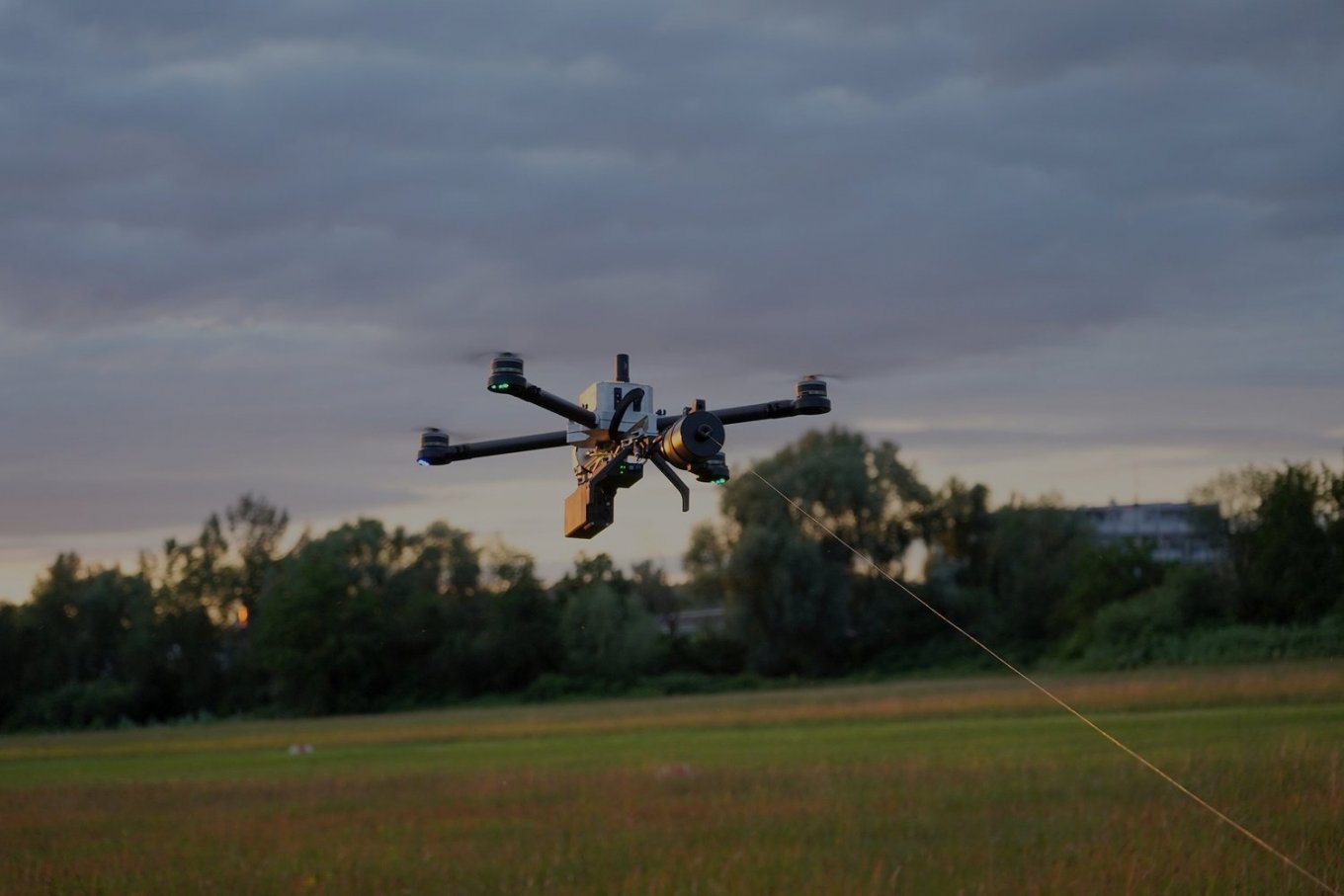Wired FPV Drones on Optical Fiber: a Dead End, a Band Aid, or a New Technological Breakthrough? (Opinion)
The increasing use of FPV drones with optical fiber technologies on Ukrainian battlefields has made a certain resonance in the West, even though the first instances were recorded back in March this year. First, there was information that russian invasion forces started employing wired drones, then Ukrainian developments in this field came to light as well.
Moreover, the technology was noticed by manufacturers from other countries, for example, German HIGHCAT developed the HCX drone and sent a few to Ukrainian forces for practical tests. Despite the impression that using a wire drastically shrinks the operational range, in fact, even the smaller drones can carry a cable long enough for them to travel 20 km from the launch point.

Not everyone is optimistic about the prospects of FPV drones on fiber optics. For example, engineer Daniele, an expert from the Tochnyi project, shares his opinion and provides insightful facts about the practical application of such FPV drones, in the thread below. News Hub shares the key arguments with commentary.
1/n Optical fibre and FPV drones I have been reading a lot about wire-guided FPV drones, and despite I share my concern about their increased effectiveness due to their physical strength I am also quite optimistic about their future. Let’s try to see how. pic.twitter.com/fRMYYvzd58
— Daniele (@HartreeFock) August 22, 2024
The expert outlines three factors that outweigh the merits of being unaffected by any electronic warfare interference. First is the mobility of a wired FPV drone. Both speed and maneuverability are limited so as not to damage or tangle the cable uncoiling behind, the operator mustn’t make too curvy turns and make sure to speed up and slow down smoother compared to handling a radio-controlled FPV.
Important to note, it’s precisely the speed and unexpected angles of attack that make FPV drones very dangerous and hard to shoot down with rifles.
Daniele points out a video from the russian operators of wired drones, the attack misses its target. Considering the russians decided to publish it anyway, this might be one of the better results they’ve managed to achieve.
This seems to be the first in flight footage of the so called “Vandal” drone which is believed to operate with fiber optic coms. I edited the footage to highlight the drone in flight. Original video: pic.twitter.com/zk4RM0YqMA— Erlend (@eDrotning) August 20, 2024
The second drawback is the “dead mass,” the expert says referring to the heavy coil with optical fiber. The need to install one takes a major portion of payload capacity, otherwise useful to increase the warhead weight or attach a bigger battery, increasing the drone’s endurance and range.
The third disadvantage of optical fiber is its cost. The production mostly is concentrated in Western countries, and there’s a limited one in China. The expensiveness of this component undermines the prospects of scaling the use of wired drones, there’s also a risk of a deficit on the market. In conclusion, Daniele suggests that drones on optical fibers will remain a “stopgap until proper solutions are implemented.”
On a note from News Hub, despite some of these statements being arguable, the fact remains that almost half a year after the first appearance of fiber-optic drones on the battlefield, they still remain exotic to some extent. This is a clear indication that they are definitely not perfect.

